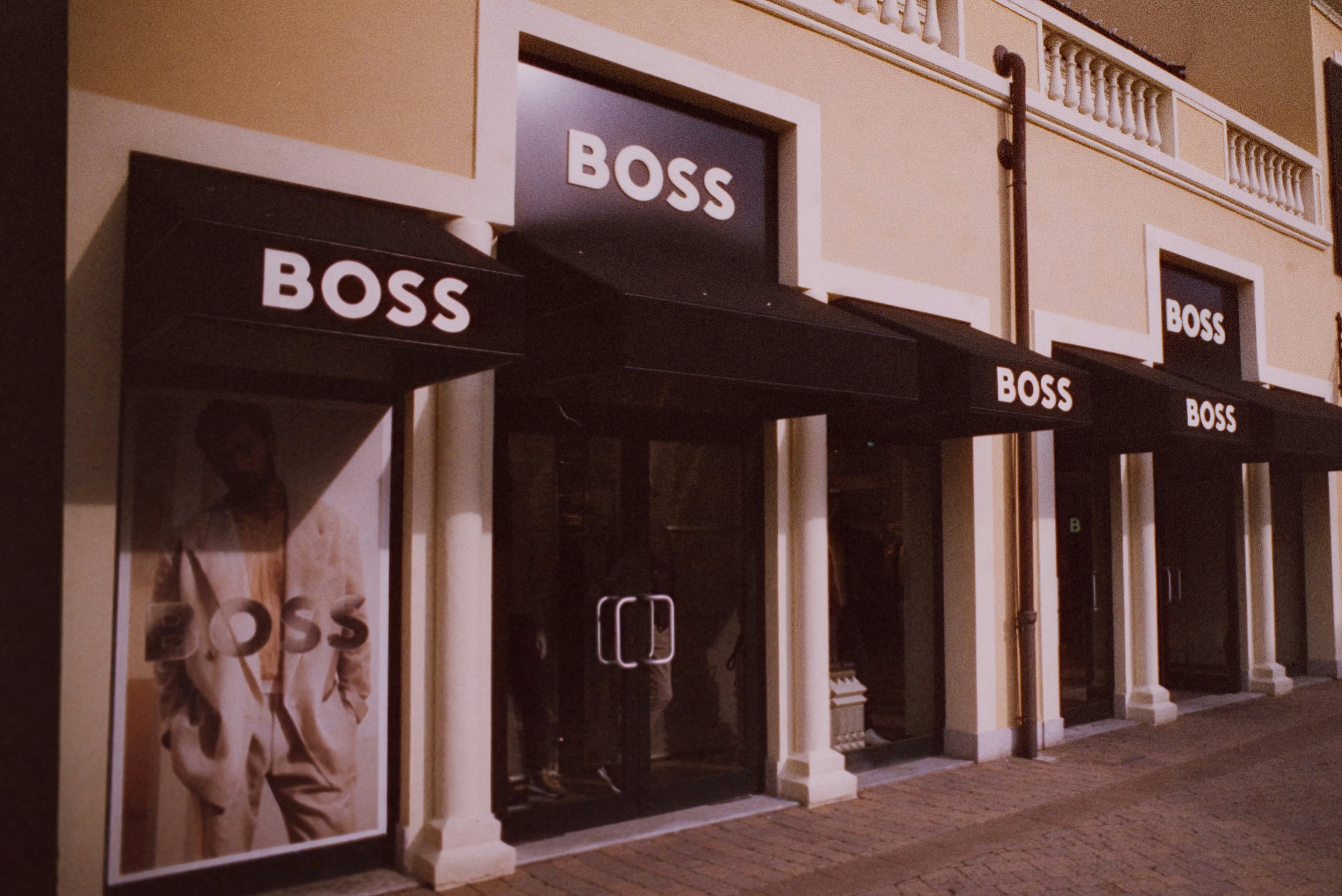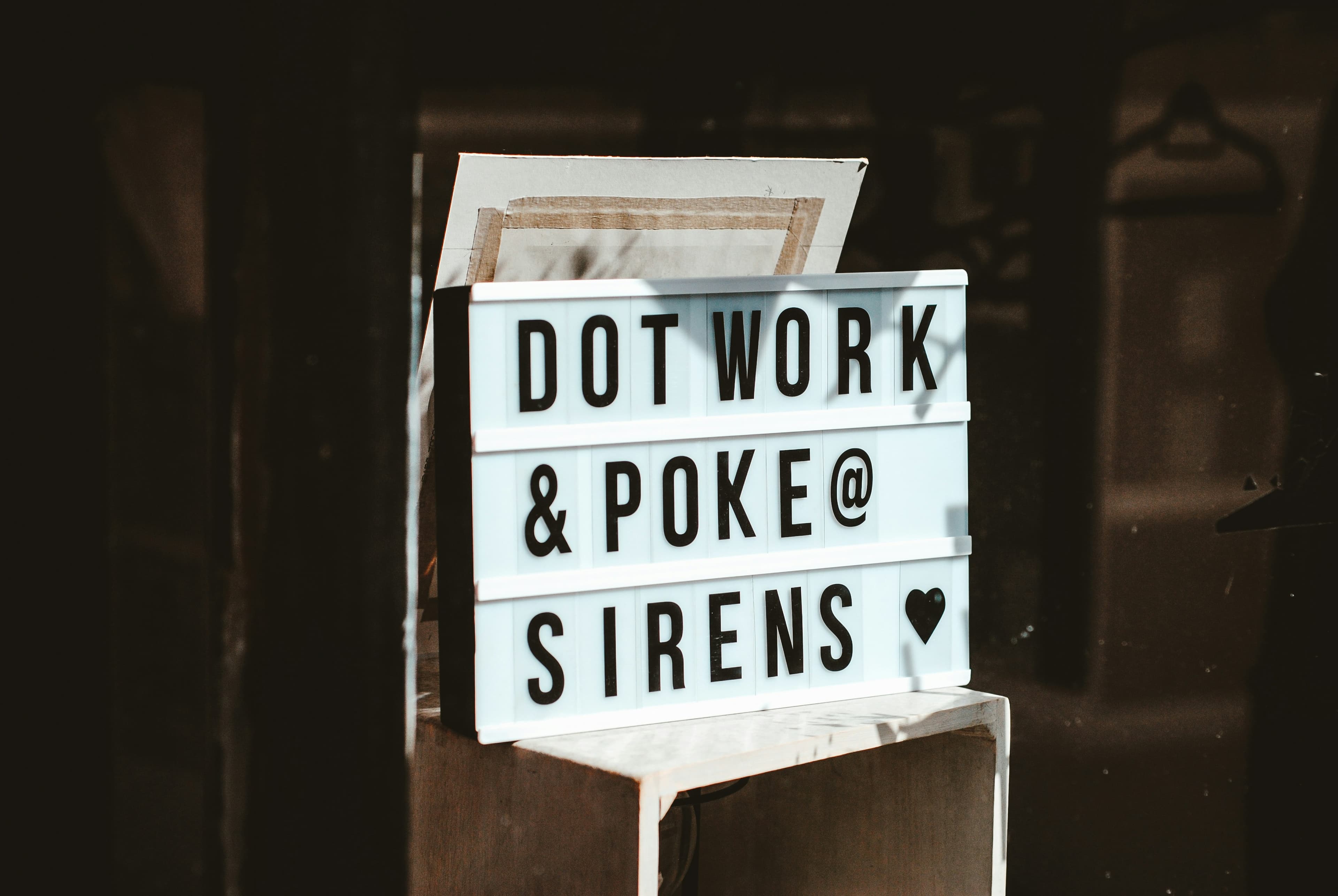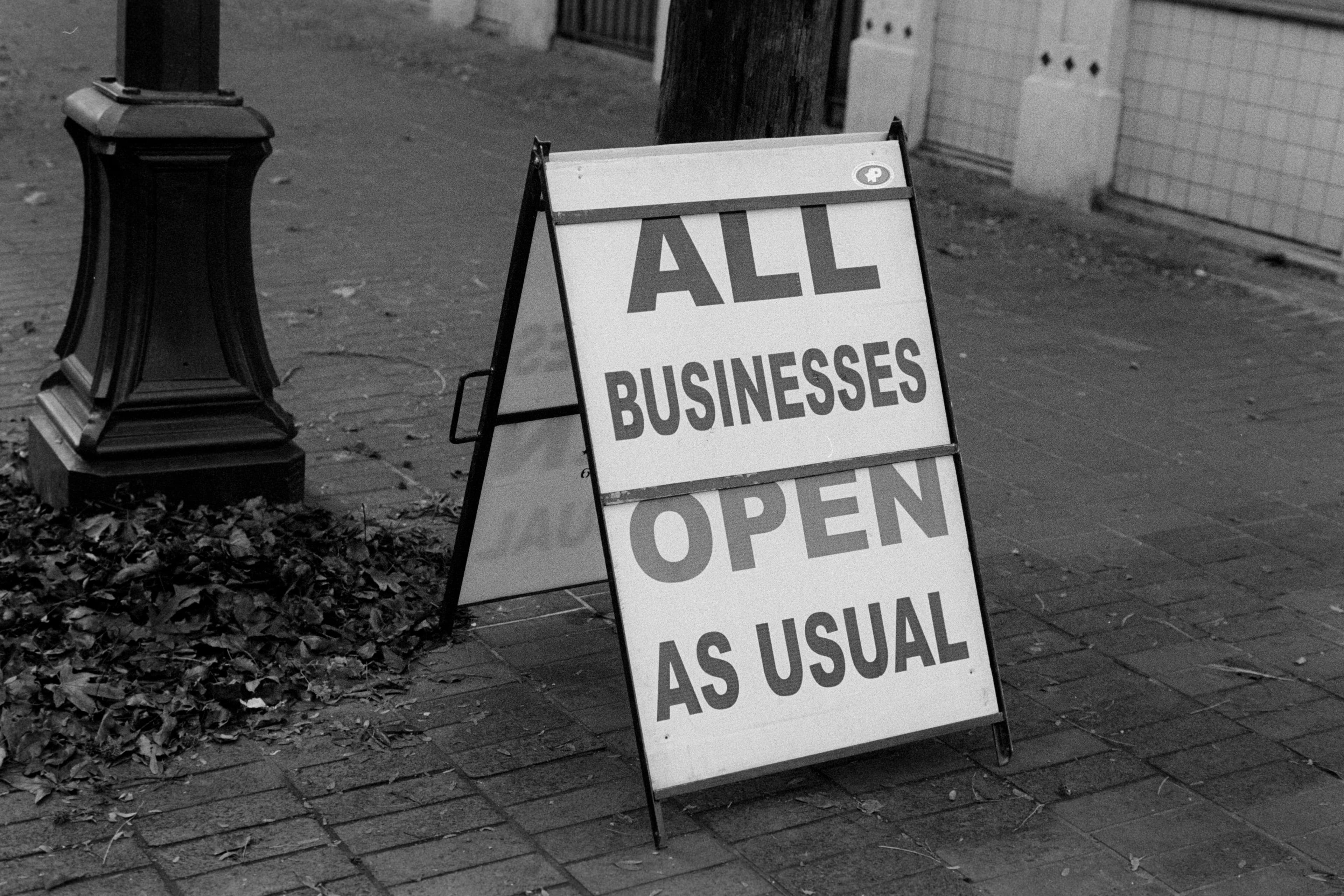Your Brand Is More Than Just a Logo

When you first start a side hustle, it’s easy to get caught up in the visuals—the logo, the website colors, the fonts. While those things matter, your brand is so much more than that. Think of it as your business’s identity. It’s the sweet spot where how you want the world to see you meets how the world sees you. Your job is to make sure those two perspectives align.
A strong brand does more than just look good; it sets you apart from everyone else in your field and helps you connect with the right customers. People choose you not just for what you offer, but because they feel a connection to your brand, often on an emotional level. To build that connection, you have to get clear on a few fundamental questions: What do you actually do? Why do you do it? Who is it for? And how do you do it differently?
Finding the Core of Your Brand
The intangible parts of your brand are what truly matter. This is the essence of your identity, the reason customers will choose you, stay loyal, and maybe even tell their friends about you. It all starts with answering four key questions.
- This is the easy one. What product are you selling? What service are you providing? What is your blog about, or what are you teaching in your course?
- This gets into the specifics. What makes your offer unique? What materials do you use? How do you deliver your service? This is your unique selling proposition, which we’ll touch on more later.
- You need to know your target audience inside and out. If you’ve already figured out your niche and ideal customer, you’re ahead of the game.
- This is the most important question. As Simon Sinek famously said, “people don’t buy what you do, they buy ‘why’ you do it.” He uses Apple as a prime example. Apple doesn’t just sell computers. Their marketing message is about challenging the status quo and thinking differently; they just happen to make beautifully designed computers for people who share those values. That’s their “why.”
So, what’s yours? What gets you out of bed in the morning? If your only answer is to make money, you need to dig deeper. Profit is a result, not a purpose. The real reason you started this journey, whether it's a full-on freelance business or a side business with job, goes far beyond the balance sheet.
What You Stand For and Where You're Going
Your brand’s essence is also defined by its values. Are you environmentally conscious? A supporter of fair trade? Passionate about gender equality? Your core values should be the adjectives you want people to associate with your company: bold, adventurous, disciplined, or down-to-earth. These values aren’t just words on a website; they are the code you operate by. They guide who you partner with, who you hire, and what projects you take on. Zappos, the online shoe retailer, built its entire culture around values like “Deliver WOW Through Service” and “Create Fun and a Little Weirdness.”
Once you have your purpose and values, you can craft your mission and vision statements.
- is a one or two-sentence summary of your business's reason for existing. Richard Branson suggests keeping it short and memorable, like a tweet. It’s the guide for your daily actions. For example, Hubspot’s mission is “To make the world Inbound.” Amazon’s is “To be Earth’s most customer-centric company.”
- is your roadmap for the future. Where do you see your business in one, three, or five years? It’s the big dream you’re working toward, expressing the impact you want to have.
Ultimately, the identity of your hustle business should be a reflection of you. Being true to your purpose and values builds the trust and respect you need to succeed.
Standing Out from the Crowd
Author Sally Hogshead puts it perfectly: “Different is better than better.” Trying to be the “best” is an endless, exhausting race you probably can’t win, especially when you're just getting started. A smarter approach for any small side business is to lean into what makes you unique. No one has your exact story, perspective, and values. That’s the one area where you have no competition.
A great way to communicate your uniqueness is by telling your story. Think about the “Aha!” moment that led to your business idea. People connect with stories on an emotional level; they humanize your business and make your ideas stick.
This leads to your . Your USP is a clear message that explains what you offer and why it’s the best choice for your customer. It’s the specific benefit only you can provide. Rather than a single claim like “lowest price,” a strong USP is often a combination of factors. A swimwear designer’s USP might be: “We create unique, locally-made swimwear from eco-friendly materials that are designed to fit your specific body type perfectly.” It’s not just one thing; it’s the whole package that makes the offer irresistible.
When I started my first blog, I made the mistake of trying to copy big sites like Mind Body Green and Inc.com. I thought that to look professional, I needed to look like them. I was completely wrong. By trying to fit in, I gave people no reason to choose my site over the established leaders. The only way to get noticed when you're starting a side hustle while working full time is by doing what everyone else is doing.
The Tangible Side of Branding
Once you've defined your brand's core, you can build the tangible elements that represent it.
- Your business and product names should be simple, memorable, and easy to spell.
- Consistency is everything. Your visual identity should be the same across your website, social media, and any promotional materials. Colors evoke emotions—blue suggests trust, while orange relates to creativity. Choose a palette and fonts that align with your brand’s personality. A law firm wouldn’t use a playful script font, right? Your logo is your signature; it’s worth hiring a professional on a site like UpWork or 99designs to get it right.
- Your tone of voice is another key element. Are you formal or chatty? Serious or funny? Educational or opinionated? Your tone should be consistent and aligned with your values. If your brand has a neutral tone, you probably shouldn’t start political debates on social media.
How to Talk About Your Brand
When someone asks, “What do you do?” you need a ready answer. That's where your elevator pitch and tagline come in.
Your should explain who you are and what you do in under 40 seconds in a way that makes people want to know more. It’s not about bragging; it’s about sharing your passion and showing others why they should care. A good structure is:
- (5-10 seconds).
- so they understand the idea (5-10 seconds).
- to them (5-10 seconds).
- to learn (5-10 seconds).
Your is even shorter—it’s the one-sentence summary of your story, designed to grab attention. Think of Apple’s “Think different” or L’Oréal’s “Because you’re worth it.” If you had to describe your freelance business in five words, what would they be?
Building a brand is a journey, but it’s the foundation of any good side business. By focusing on alignment, clarity, and consistency, you can turn your side hustle to small business and build something that truly lasts.







